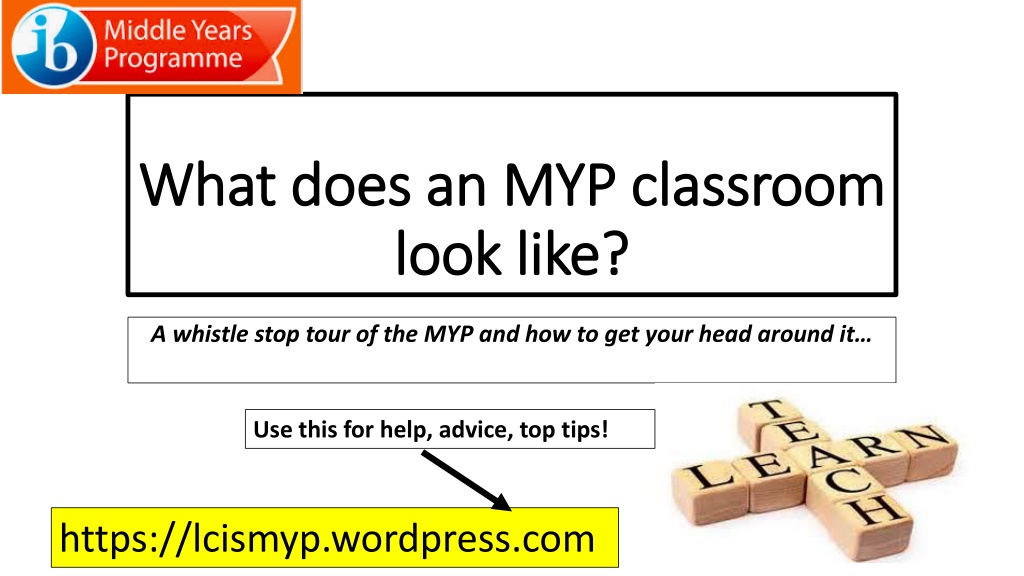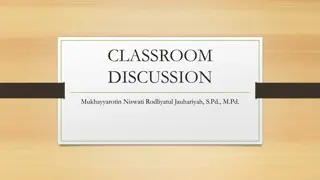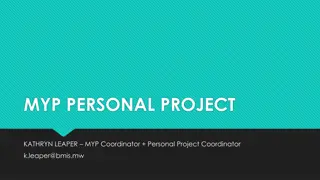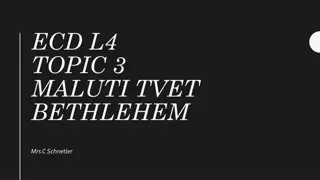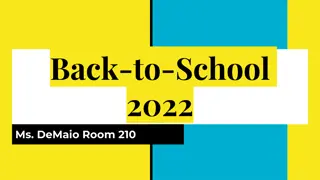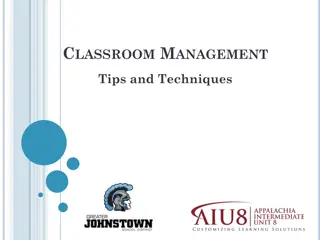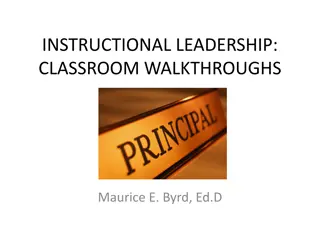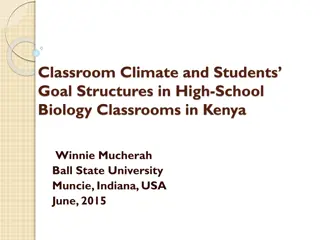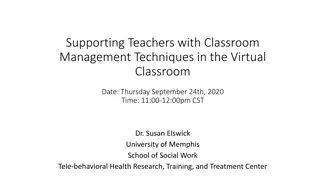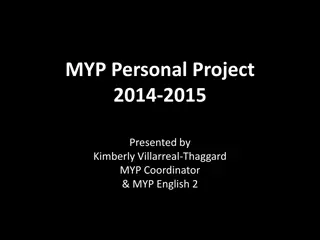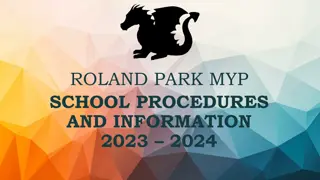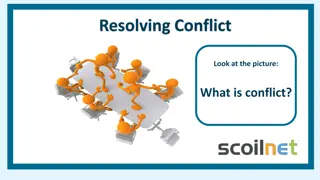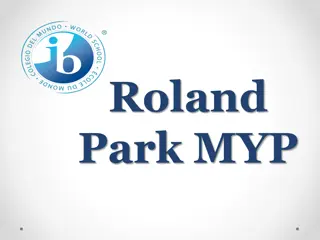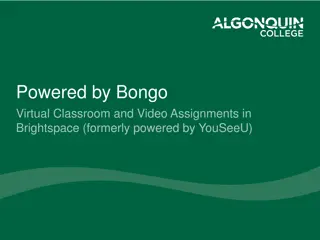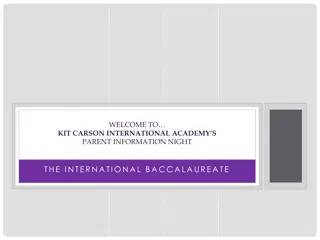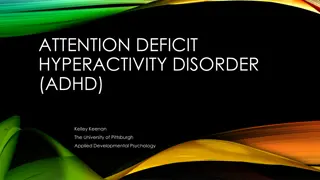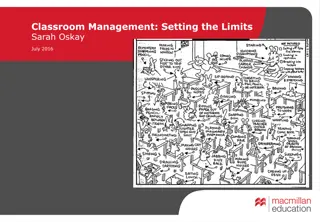Understanding the MYP Classroom: A Comprehensive Overview
Explore the key components of an MYP classroom, including the integration of AtL skills, progression through inquiry questions, and alignment of summative tasks with the statement of inquiry. Discover how students engage with concepts, global contexts, and self-assessment, fostering deep inquiry and holistic learning experiences. Enhance your understanding of MYP classroom practices through a visual journey and insightful discussions.
Download Presentation

Please find below an Image/Link to download the presentation.
The content on the website is provided AS IS for your information and personal use only. It may not be sold, licensed, or shared on other websites without obtaining consent from the author. Download presentation by click this link. If you encounter any issues during the download, it is possible that the publisher has removed the file from their server.
E N D
Presentation Transcript
What does an MYP classroom What does an MYP classroom look like? look like? A whistle stop tour of the MYP and how to get your head around it Use this for help, advice, top tips! https://lcismyp.wordpress.com
Group Task Group Task 1. Read through the statements in your envelope and discuss each one together. 2. Which statements do you feel are specific to an MYP classroom? 3. Which statements are you already confident you can deliver on? 4. Which areas do you need further clarification or support with?
The concepts, global context and statement of inquiry are visible and understood by the students (they know the big ideas and connect learning experiences to these.)
AtL skills are meaningfully integrated and explicitly taught.
Progression through the inquiry questions (factual, conceptual, debatable) frames the unit and keeps it on track. These questions encourage deep inquiry.
Students are learning factual knowledge and subject-specific skills through a conceptual lens.
Summative tasks are connected to the statement of inquiry and allow all students to achieve at the highest levels.
Students understand and are fully aware of the assessment criteria by which their work will be assessed. Task specific clarifications are given for summative tasks.
Formative tasks give feedback to the students about their progression of learning and assist students to perform at their best in a summative task.
Students make active use of self-assessment and reflection in their learning.
Feedback to students is timely and of high quality. Students make active use of feedback in their learning.
Lessons encourage international-mindedness by connecting with the MYP global context, the Learner Profile and the world outside the classroom.
Interdisciplinary connections to other subjects are made whenever applicable.
Students are engaged and active participants. There is a balance between student-led inquiry and the explicit teaching of knowledge and skills.
Lessons are effective and consistent in addressing individual students skills, knowledge, language proficiency and special educational needs.
Learning outcomes are clear, logically structured and can be viably assessed.
The concepts, global context and statement of inquiry are visible and understood by the students (they know the big ideas and connect learning experiences to these.) Progression through the inquiry questions (factual, conceptual, debatable) frames the unit and keeps it on track. These questions encourage deep inquiry. Summative tasks are connected to the statement of inquiry and allow all students to achieve at the highest levels. Lessons are effective and consistent in addressing individual students skills, knowledge, language proficiency and special educational needs. Students understand and are fully aware of the assessment criteria by which their work will be assessed. Task specific clarifications are given for summative tasks. Students are learning factual knowledge and subject-specific skills through a conceptual lens. Formative tasks give feedback to the students about their progression of learning and assist students to perform at their best in a summative task. Learning outcomes are clear, logically structured and can be viably assessed. Lessons encourage international-mindedness by connecting with the MYP global context, the Learner Profile and the world outside the classroom. Students make active use of self-assessment and reflection in their learning. Students are engaged and active participants. There is a balance between student-led inquiry and the explicit teaching of knowledge and skills. Interdisciplinary connections to other subjects are made whenever applicable. Feedback to students is timely and of high quality. Students make active use of feedback in their learning. AtL skills are meaningfully integrated and explicitly taught.
